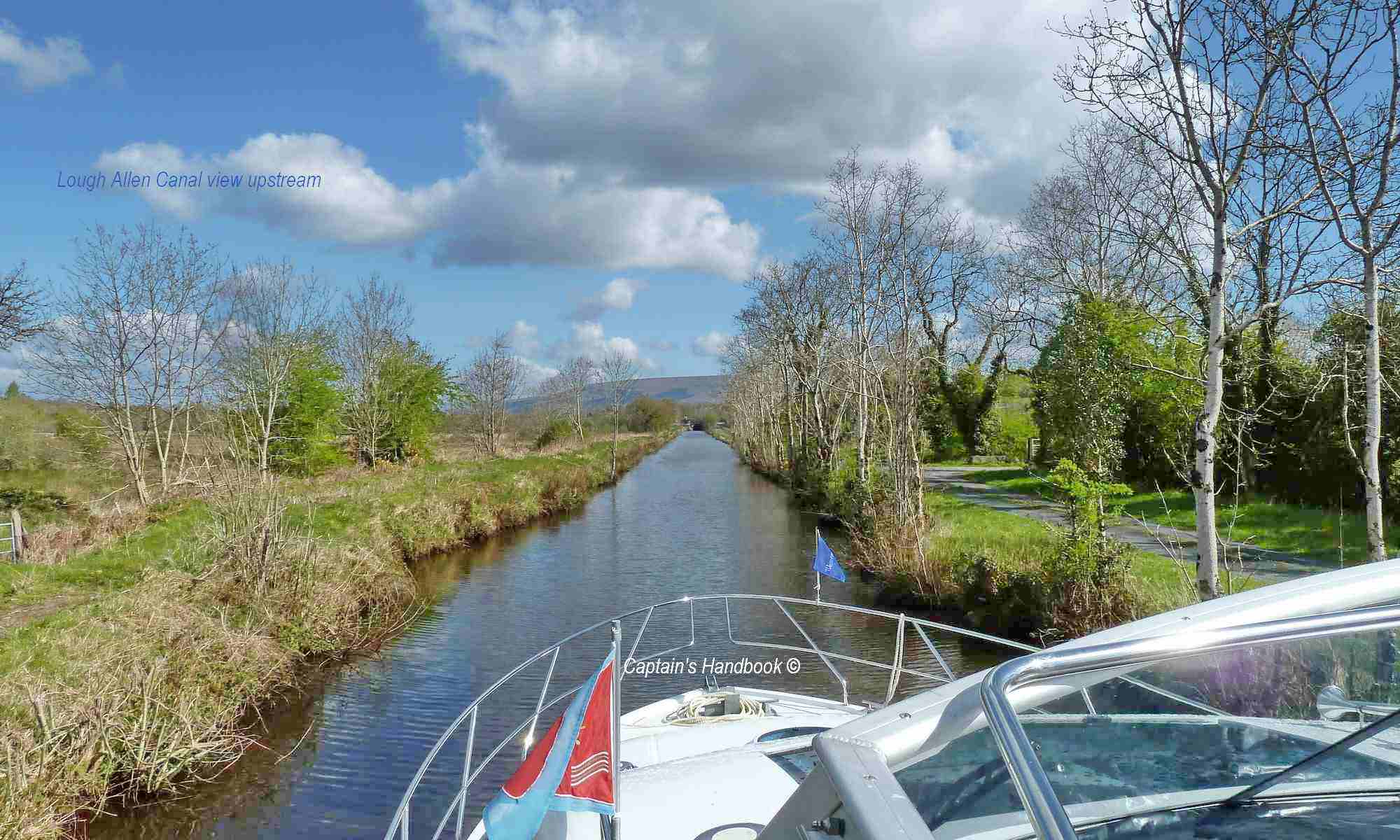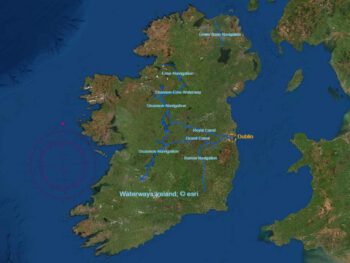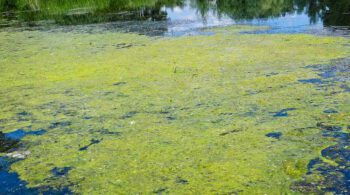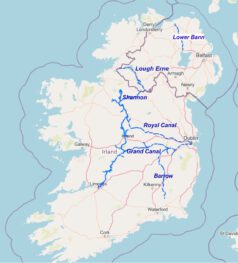
Marine, Notice No. 72 of 2025 Update
All Navigations – Cautionary Warning
Issued: 20 August 2025
Public Advisory: Blue-Green Algae Blooms
Blue-Green Algae (BGA or cyanobacteria) has been detected across numerous locations along the waterways (rivers, canals & loughs), becoming more prevalent over the period of warmer weather.
Health and Safety Risks. Waterway users are advised that Blue-Green Algae can produce harmful toxins that pose serious health risks to humans and animals. Under certain conditions, these blooms may cause skin irritation, illness, or be fatal to pets and livestock.
Advice to Waterway Users:
Reporting BGA Sightings to relevant Local Authority or County Council Environmental Health Section.
-
-
- Avoid Contact. Refrain from swimming, paddling, or engaging in any immersive or semi-immersive water-based activities in areas where blooms are visible or suspected.
- Pet Safety. Do not allow pets or animals to enter or drink from affected waters. Algae toxins can be rapidly harmful or fatal to dogs.
- Follow Signage. Obey all safety notices and signage issued by Waterways Ireland or Local Authorities.
- Boating Access. Jetties and slipways remain open for boat access. Algae accumulation on surfaces can cause slippery conditions, please take extra care when launching or retrieving vessels.
- Drinking Water Warning. Do not use water from affected areas for drinking, food preparation, or washing, even if it has been boiled or filtered.
-
What to Look For (see image):
-
-
- Blue-Green Algae blooms often appear as green, blue-green, or turquoise scums or mats on the water surface.
- The water may look cloudy or discoloured, with a strong musty or earthy odour.
-
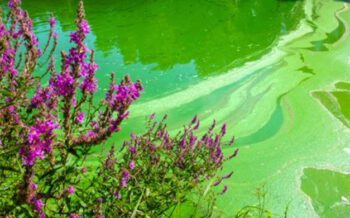 |
Waterways Ireland thanks all users for their cooperation and vigilance in helping to protect public health and the environment.
Peter Harty,Inspector of Navigation
Inspectorate.Athlone@waterwaysireland.org
Alle Navigationen – Warnung, herausgegeben am: 20. August 2025
Öffentliche Bekanntmachung: Blaualgenblüte
Blaualgen (BGA oder Cyanobakterien) wurden an zahlreichen Stellen entlang der Wasserwege (Flüsse, Kanäle und Seen) nachgewiesen und treten bei wärmerem Wetter vermehrt auf.
Gesundheits- und Sicherheitsrisiken. Nutzer von Wasserwegen werden darauf hingewiesen, dass Blaualgen schädliche Toxine produzieren können, die ernsthafte Gesundheitsrisiken für Menschen und Tiere darstellen. Unter bestimmten Bedingungen können diese Blüten Hautreizungen und Erkrankungen verursachen oder für Haustiere und Nutztiere tödlich sein.
Hinweise für Nutzer von Wasserwegen:
-
-
- Melden Sie BGA-Sichtungen der zuständigen lokalen Behörde oder der Umweltabteilung des County Council.
- Vermeiden Sie den Kontakt. Unterlassen Sie das Schwimmen, Paddeln oder andere Aktivitäten im Wasser, bei denen Sie ganz oder teilweise untertauchen, in Gebieten, in denen Blaualgenblüten sichtbar sind oder vermutet werden.
- Sicherheit von Haustieren. Lassen Sie Haustiere oder andere Tiere nicht in die betroffenen Gewässer und trinken Sie kein Wasser daraus. Algentoxine können für Hunde schnell schädlich oder tödlich sein.
- Befolgen Sie die Beschilderung. Befolgen Sie alle Sicherheitshinweise und Beschilderungen von Waterways Ireland oder den lokalen Behörden.
- Zugang für Boote. Anlegestellen und Slipanlagen bleiben für Boote zugänglich. Algenansammlungen auf Oberflächen können zu Rutschgefahr führen. Seien Sie daher beim Zu- und Auswassern von Booten besonders vorsichtig.
- Warnung bezüglich Trinkwasser. Verwenden Sie kein Wasser aus betroffenen Gebieten zum Trinken, zur Zubereitung von Speisen oder zum Waschen, auch wenn es abgekocht oder gefiltert wurde.
-
Was Sie beachten sollten (siehe Bild):
-
-
- Blaualgenblüten erscheinen oft als grüner, blaugrüner oder türkisfarbener Schaum oder Matten auf der Wasseroberfläche.
- Das Wasser kann trüb oder verfärbt aussehen und einen starken muffigen oder erdigen Geruch haben.
-
Waterways Ireland dankt allen Nutzern für ihre Zusammenarbeit und Wachsamkeit beim Schutz der öffentlichen Gesundheit und der Umwelt.
